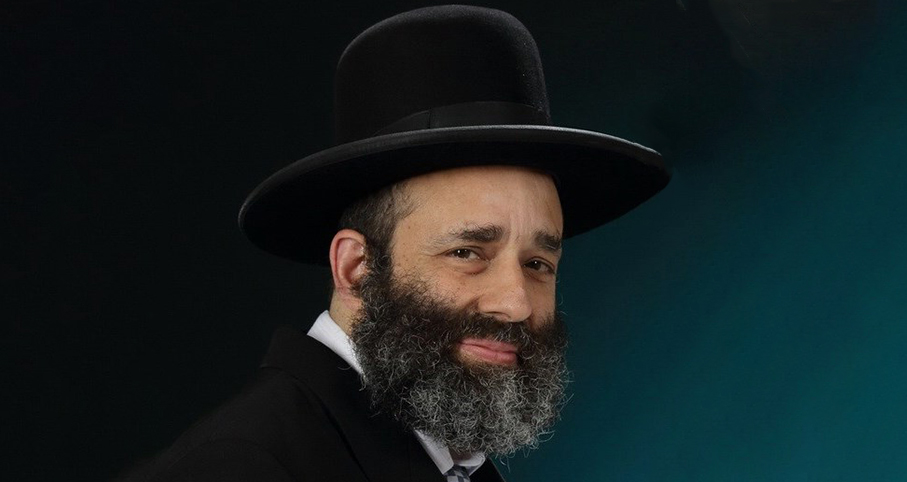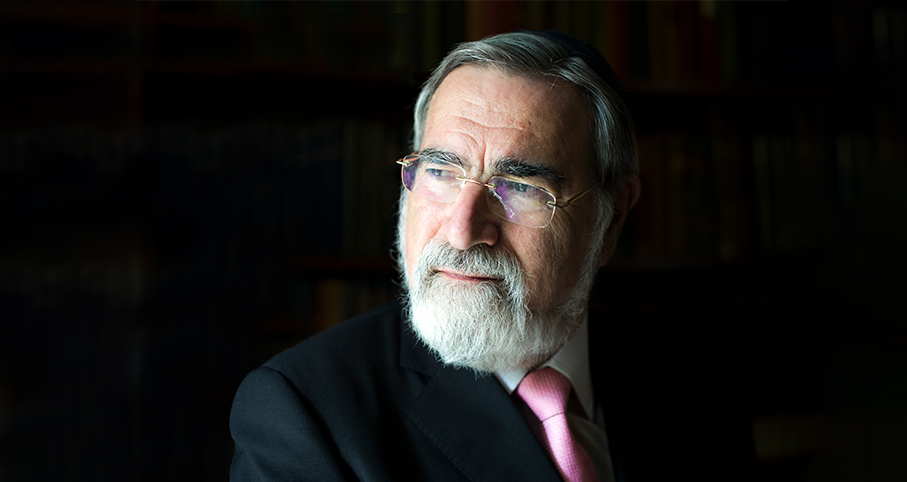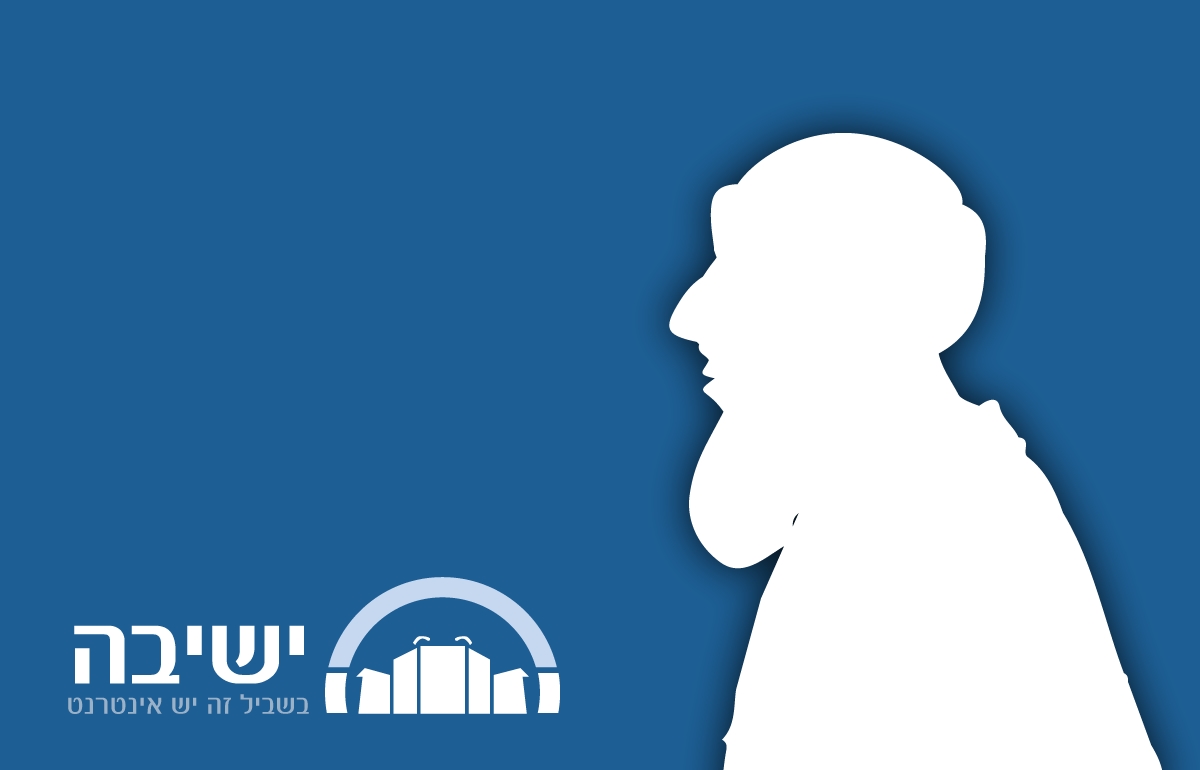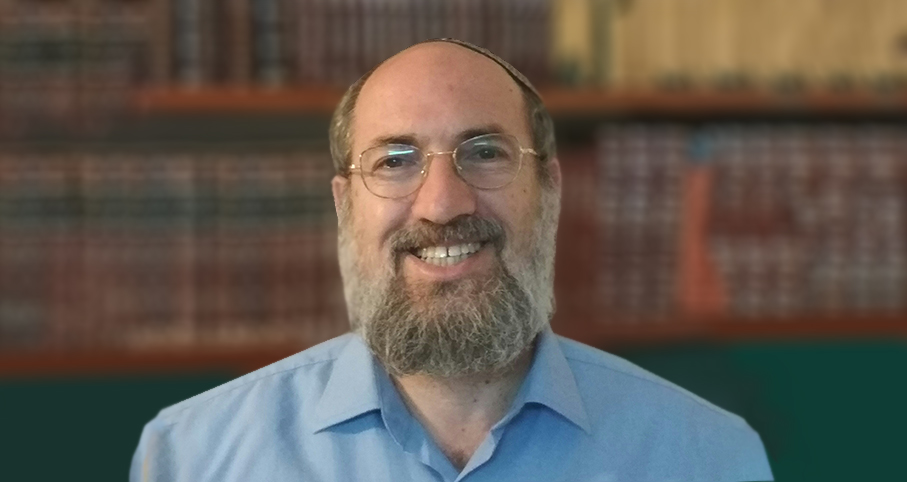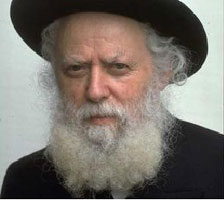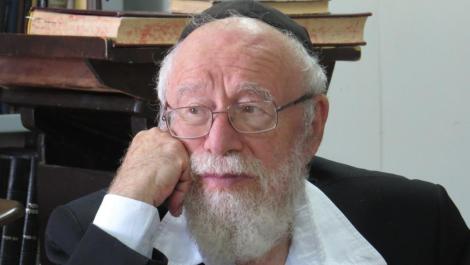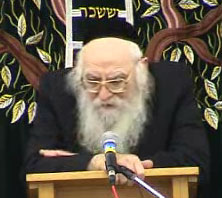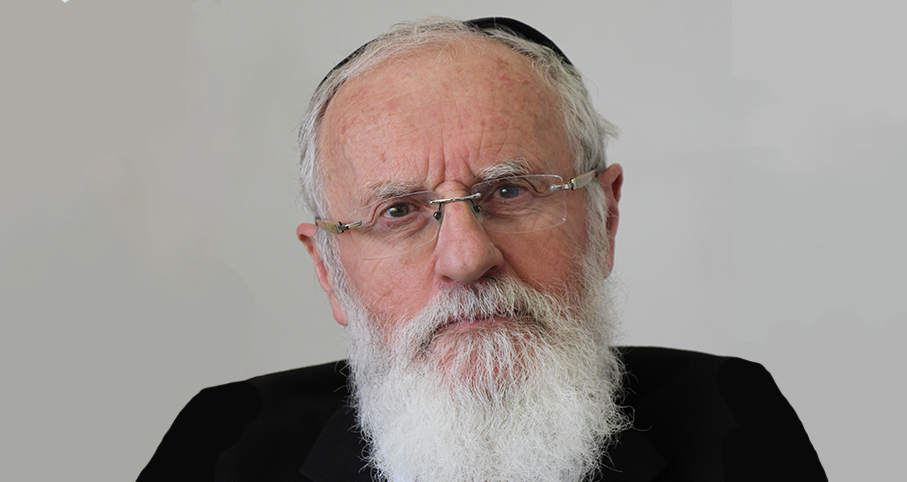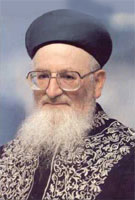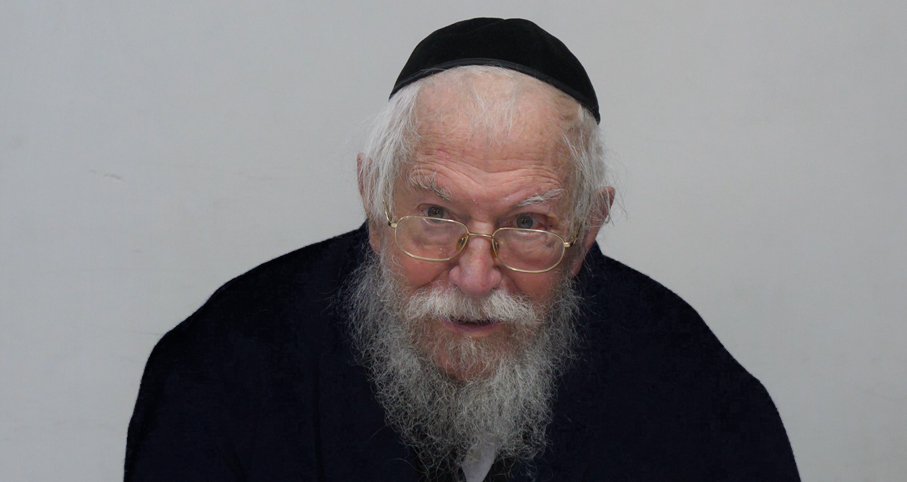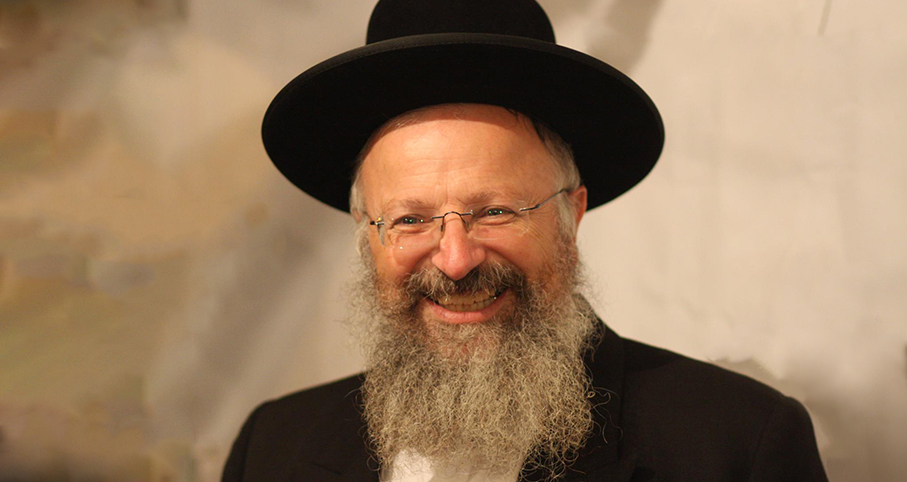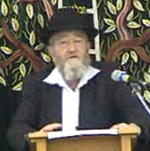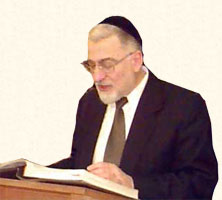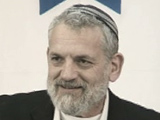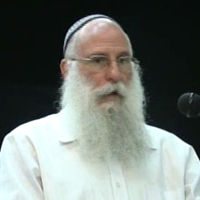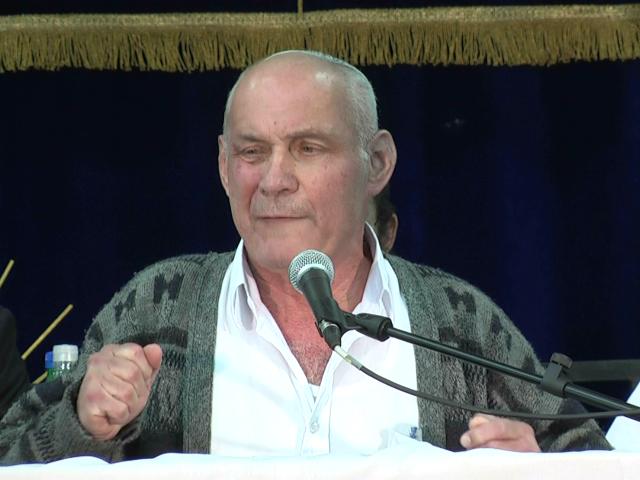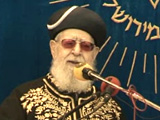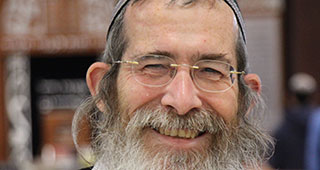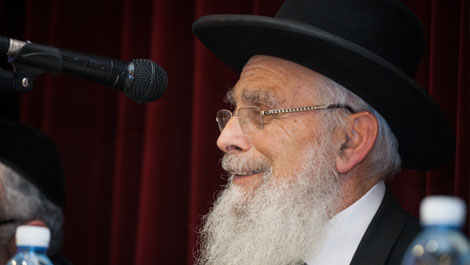Beit Midrash
- Sections
- Chemdat Yamim
- Parashat Hashavua
- Torah Portion and Tanach
- Shmot
- Yitro
Moshe’s court had an extreme backlog, and a positive judicial revolution was needed. After deliberations between Moshe and Yitro, agreement was reached, and Hashem gave His approval. Those primary principles form the basis of judicial Halacha to this day.
Yitro was troubled when he saw people lining up to speak to Moshe from day to night. He argued that this would tire out both the nation and Moshe and would eventually become totally untenable (Shemot 18:13-18).
Yitro also made recommendations as to criteria for being a judge: industrious men (who are strong and unafraid of people), those who fear Hashem, men of truth (and only truth), and those who hate bribery (and are not attracted to money) (ibid. 21-22). They put together a committee to vet candidates. With the correct number of such people, broken up into jurisdictions of different sizes (judges for thousands, judges for hundreds, judges for fifties, judges for tens), the workload on Moshe would be lightened.
After accepting the recommendations, Bnei Yisrael were unable to find enough people who fit all of the qualifications. This is hinted at by the pasuk (ibid. 25), and confirmed by Chazal (Midrash Aggada, Shemot 18:25). When a project deserves very ambitious standards, even if these cannot be fully met, it is still critical to aim for the highest.
In the Halachic Midrash, we find an important guideline for the mutual relationship between the nation and its judges. "[Moshe] appointed judges and commanded them to put up with the difficulties imposed on them by the populace … and commanded the nation to treat the judges with respect" (Mechilta D’Rabbi Shimon bar Yochai 18:25).
There are two further points upon which we wish to concentrate. 1. Moshe and Yitro discussed different categories of cases that would come before the judges: "big (gadol) matters," "small (katan) matters," and "difficult (kasheh) matters." What is the difference between these categories? 2. How did the courts of different levels, from the judges of tens all the way up to Moshe, operate? How does it compare to today’s court levels all the way up to the Supreme Court? Understanding these matters will help us understand how a proper judicial system should work, and we will take that up next week.
This is the time [again, written a year ago] to warn the nation. The State of Israel, and by implication, the entire Jewish nation, is at a crucial period of time in many ways. Extremism in the public discourse and the great divide within sections of the nation, which finds expression in harsh language, is bubbling in the streets and media, and it has destabilized the basis for joint existence. This is the time to take responsibility and seek out common ground. While we continue to strive for perfection, we must not do it at the price of irreparable social fracture.
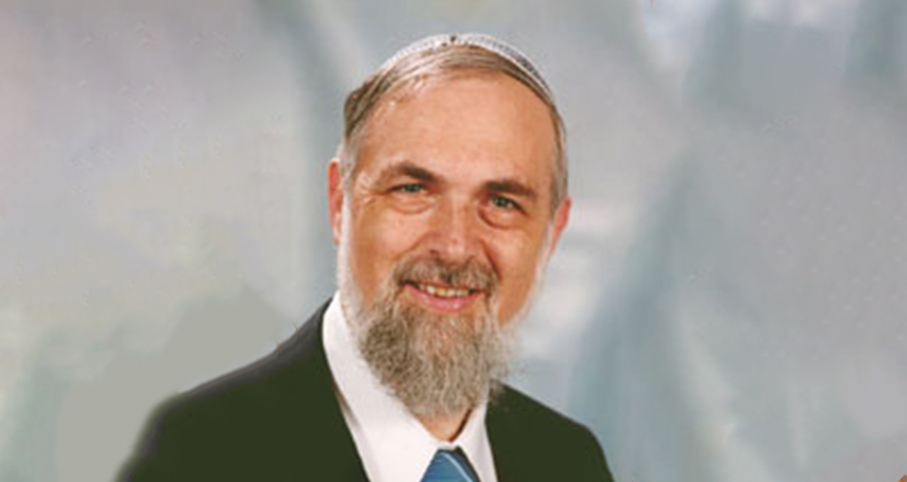
Parashat Hashavua: How to Ensure a Future of Torah
Rabbi Yossef Carmel | Cheshvan 5786

Do Not Desecrate the Land
Rabbi Yossef Carmel | Tammuz 5767
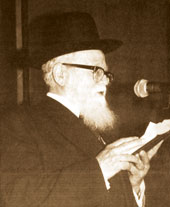
Good Tents
Rabbi Shaul Yisraeli zt"l | 5773

